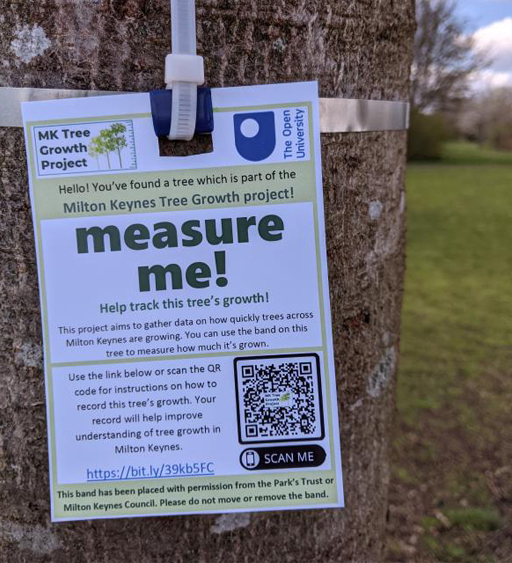1.3 Developing a citizen science project
One of the motivations for teachers to address the climate emergency in their teaching is the demand for it, whether from learners or the public.
Learners may be interested in a very local problem, or something that has not been addressed via an existing community/citizen science project. For this reason, several organisations, communities, schools and individual teachers have developed their own projects, incorporating help and advice from experts, and inviting people to engage and contribute. Several citizen science platforms offer space and guidance about how to do this.
Zooniverse Project Builder
Zooniverse Project Builder [Tip: hold Ctrl and click a link to open it in a new tab. (Hide tip)] provides you with some steps to help you build your own project. These steps include defining your project, building a workflow depending on what you want your participants to do (for example, to classify or mark pictures), and then uploading the data you want your participants to work with.
An important Zooniverse aspect is adding information in dedicated pages linked to your project. This helps participants to understand better the motivations of your project, the best approaches for classifying, and the outcomes of your project. An aspect which could enrich the participants’ learning experience on Zooniverse would be receiving feedback on exemplar activities to help them contribute data of better quality.
nQuire
The Open University-developed nQuire platform supports organisations and communities to engage the public in large-scale interactive surveys and science investigations, called missions. nQuire supports two types of nQuire missions:
- confidential missions: all data are anonymised before sending for analysis
- social missions: all responses are open for other participants to view and discuss online.
Missions can include a rich mix of elements such as:
- sounds or images as prompts
- the ability of participants to upload a picture or sound as a response
- a variety of response types, such as slider scales.

Activity 1 Exploring nQuire
- Go to the nQuire site and sign in – signing in is optional.
- Browse the nQuire missions.
- Click on ‘Investigating your local environment’.
- The mission will take you to a page containing information about the project and a number of questions you’ll need to answer. Reflect on the topic and the questions.
- Think of a specific climate emergency-related topic where you could start using the nQuire platform.
- Make a note of any ideas you have for including a citizen science project in teaching within your own discipline or context or across sectors.
